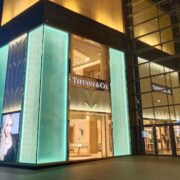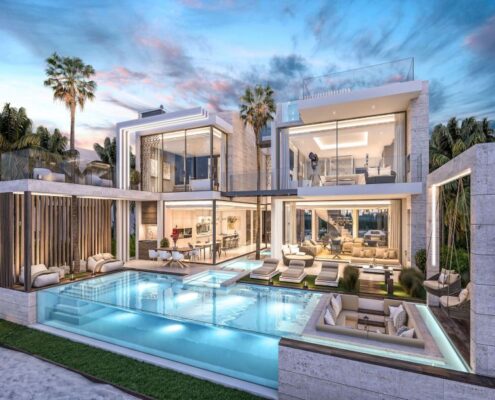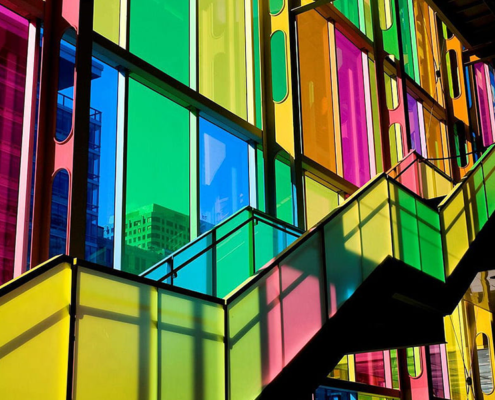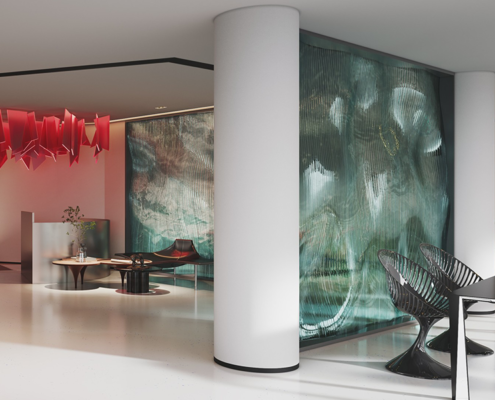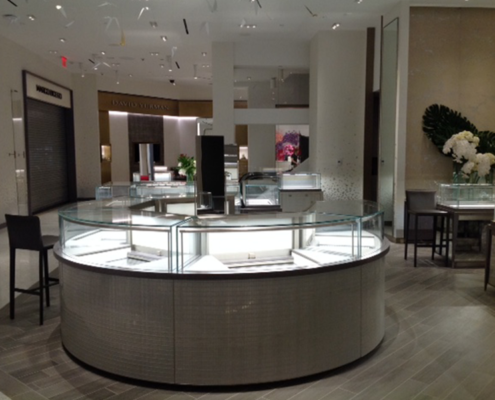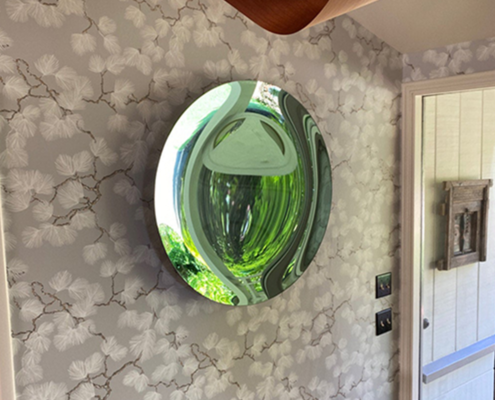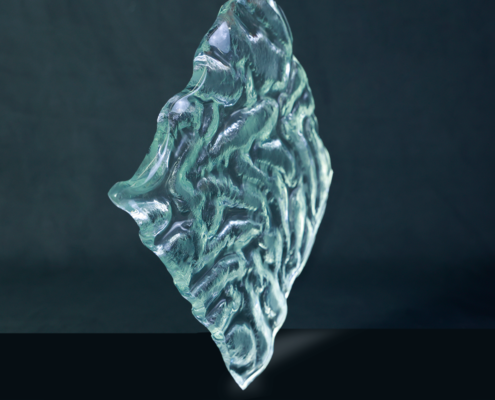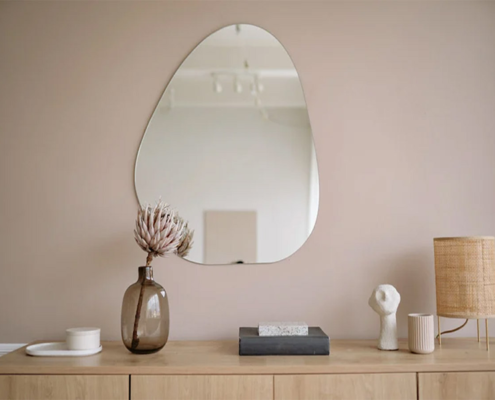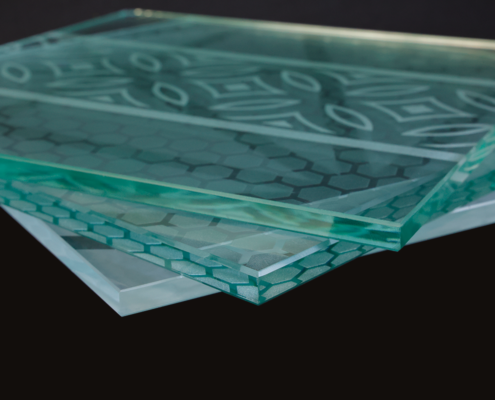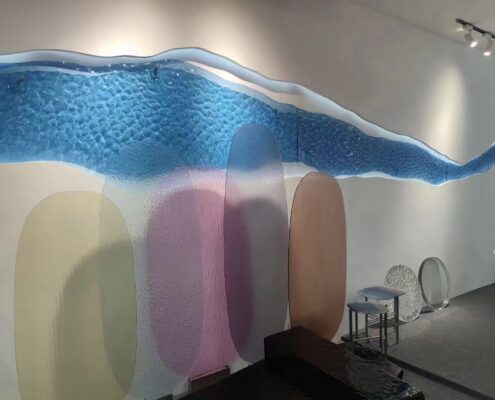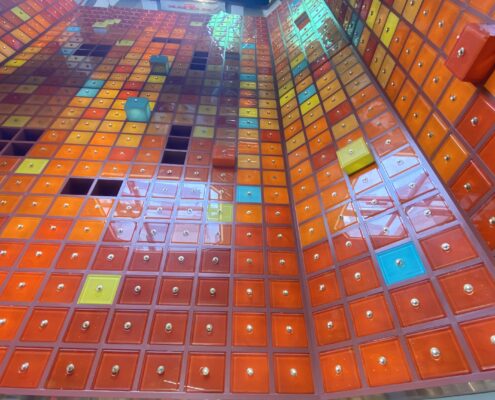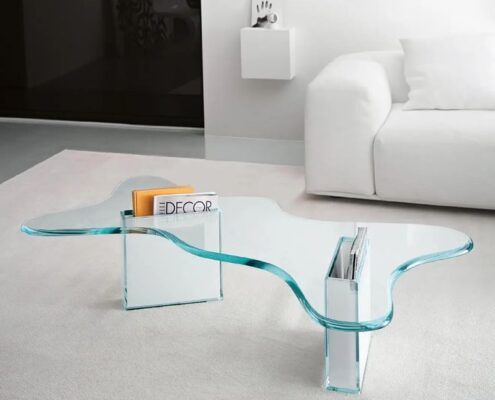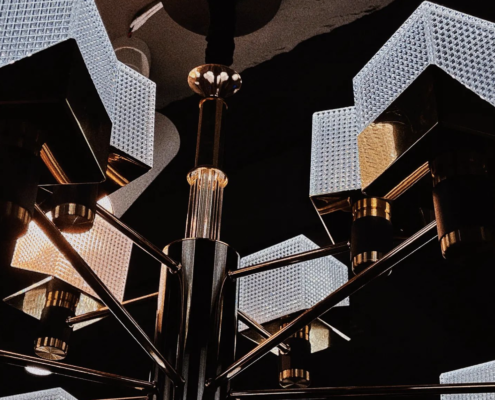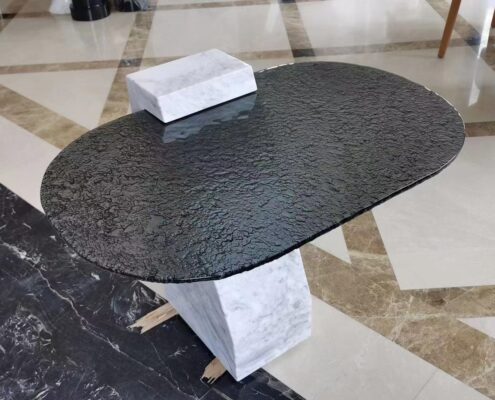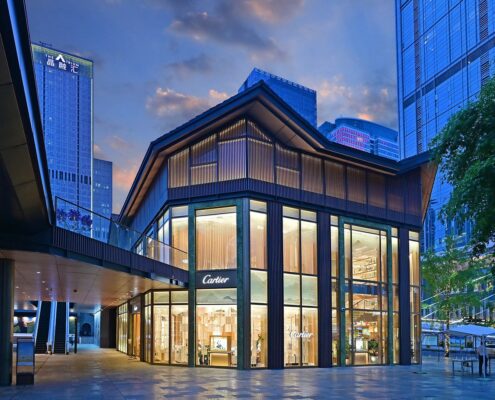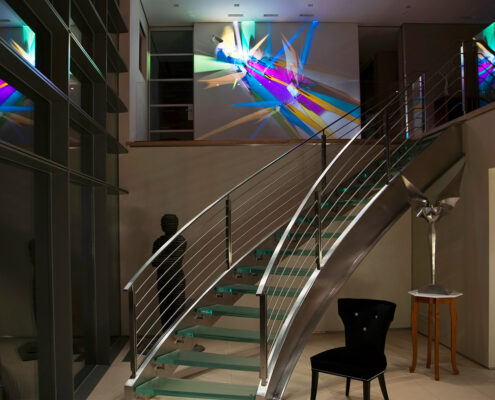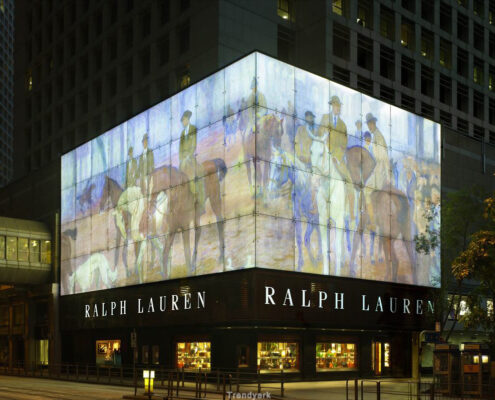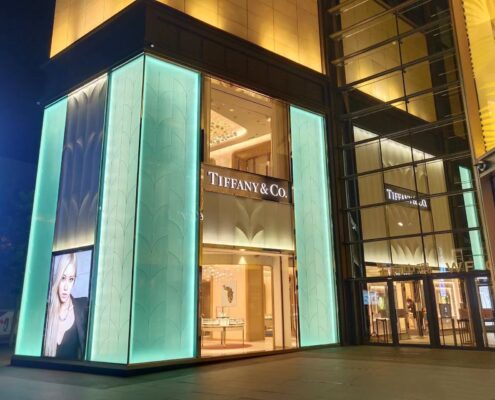Glass, as a material widely used in architecture, interior design, and decoration, has transcended its functional purpose and become a stunning medium of artistic expression. Decorative glass, as an art installation, brings endless surprises and aesthetic enjoyment with its unique beauty and dazzling play of light and shadow.
The history of decorative glass can be traced back to ancient times, but it experienced a true revolution in the modern art field. In the late 19th and early 20th centuries, French artists such as Léonie Lehnert and Louis Comfort Tiffany made groundbreaking innovations in glass manufacturing and decorative techniques, paving the way for modern decorative glass. They employed intricate glass staining, carving, and inlay techniques to create a series of expressive and dramatic glass artworks, such as stained glass windows and chandeliers. These works conquered audiences with their magnificent colors and exquisite craftsmanship, becoming an integral part of the decorative arts movement of that time.
With advancements in technology and the rise of modern artistic concepts, the scope and forms of decorative glass have become more diverse. Artists started using modern materials and techniques like glass fusion, thermal bending, and mirror reflections to maximize the aesthetic potential of glass. They created various forms of decorative glass art installations, including artistic wall panels, sculptures, and light fixtures. These works possess both decorative qualities and unique artistic concepts and expressions.
The allure of decorative glass art installations lies in their rich forms of expression and unique artistic effects. The transparency of glass allows light to penetrate its surface, creating a wide range of light and shadow effects depending on the angle and intensity of illumination. Artists skillfully harness this characteristic to create a unique interplay of light and shadow. Decorative glass art installations, under the mapping of light, present a colorful and mysterious display of hues and captivating light patterns, infusing spaces with a magical ambiance. Whether bathed in natural sunlight or enhanced by artificial lighting, these installations provide a distinctive visual experience, transforming spaces into art-filled environments.
In addition to light and shadow effects, decorative glass art installations emphasize innovation in form and structure. Artists employ cutting, assembly, and folding techniques to create glass artworks with intricate and flowing lines and shapes. Decorative glass is no longer limited to traditional window or lighting forms but has further integrated into architecture and interior design, becoming focal points and highlights of spaces. They can be massive glass murals that break the balance of space with their magnificent colors and flowing shapes, or delicate glass sculptures that resonate with the surroundings through their transparent texture and unique forms. Decorative glass art installations are not just artworks; they serve as mediums for dialogue and interaction with the environment.
Furthermore, decorative glass art installations possess practicality and functionality. They can be used as partitions, zoning elements, or lighting devices while providing a certain level of privacy and protection. The unique textures and transparency of decorative glass allow light to pass through, bringing soft natural light to interior spaces and creating a warm and pleasant atmosphere. In commercial or public spaces, decorative glass art installations also serve as promotional and branding displays, capturing people’s attention.
In conclusion, decorative glass is no longer just a material or architectural element but has integrated into the realm of art as a unique art installation. With its rich play of light and shadow, innovative forms, and practicality, decorative glass brings forth the dazzling beauty of art. Through its visual impact and distinctive forms of expression, decorative glass art installations open a door for us to enter the world of art.

